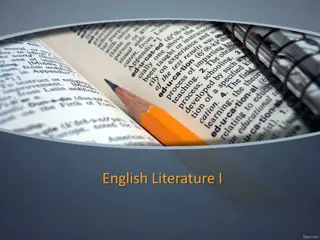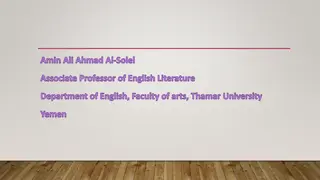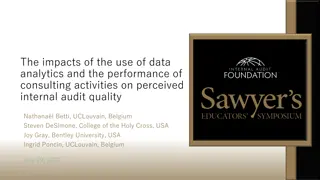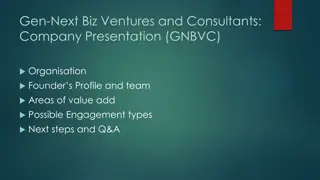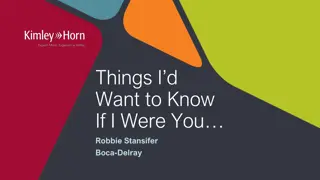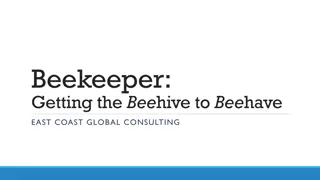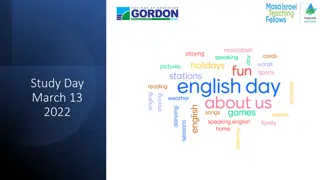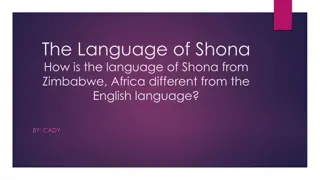ENGLISH ONLY: CONSULTING L2 STUDENTS
Strategies for consultant L2 students to feel more confident when collaborating with non-native English writers. Explore key terms in ESL, myths about L2 writers, and general reminders to enhance effectiveness in supporting L2 writers in their writing tasks.
Download Presentation

Please find below an Image/Link to download the presentation.
The content on the website is provided AS IS for your information and personal use only. It may not be sold, licensed, or shared on other websites without obtaining consent from the author.If you encounter any issues during the download, it is possible that the publisher has removed the file from their server.
You are allowed to download the files provided on this website for personal or commercial use, subject to the condition that they are used lawfully. All files are the property of their respective owners.
The content on the website is provided AS IS for your information and personal use only. It may not be sold, licensed, or shared on other websites without obtaining consent from the author.
E N D
Presentation Transcript
ENGLISH ONLY: CONSULTING L2 STUDENTS HO W TO F EEL M O R E C O NF I DENT WHEN WO R K I NG WI TH NO N - NA TI VE ENGL I SH WR I TER S
TERMS ESL : English as a Second Language May be misleading but it is a common term ELL : English as a Learned Language Becoming popular but may still be offensive NNES : Non-Native English Speaker Safest term in literature * L1: Language 1 / Native Speaker L2 : Language 2 / Language Learner ** TL : Target Language
CONSULTING MYTHS L2 Writers Have a weak command of standard written English Think differently from native English speakers Come to the Writing Center to get their grammar checked Just need more of the basics before they can move on to more substantial writing tasks
CONSULTING MYTHS I need to Clean up the grammar in L2 writers papers before we can get to higher-order concerns Be well versed in the terminology of English grammar and usage if I m to tutor L2 writers Be much more directive when tutoring L2 writers
GENERAL REMINDERS Higher-order concerns still come first Error analysis is essential be patient There is a difference between an error and a mistake Ask the writer about the logic behind an error in order to understand why it happened Most L2 writers can figure out their own verb tenses and agreement, especially if you point to the specific problem
GENERAL REMINDERS If L2 writers need direct or indirect articles or American idioms, you can give those Remember to point out those occasions when they get their grammar usage right If they use good sentence structure or are effective with such things, tell them
GENERAL REMINDERS You might not finish in the allotted time, so urge the L2 writer to make multiple appoints It is important to take the time at the beginning of the consultation to establish a schedule of goals so they know what has not been worked on/what has been worked on Try to get the writer to keep working with the same tutor Urge L2 writers to do as much reading as they can
GAINING PERSPECTIVE What are the differences/similarities between working with L2 writers and English L1 writers? What is the difference between an error and a mistake? What is code-switching? Does this only apply to L2 writers? What is the difference between translation and interpretation?
GAINING PERSPECTIVE Differences You may be viewed as an authority figure You are an expert in English, College, and American culture Errors and Mistakes: Errors are systemic and will occur repeatedly and will not be recognized (right away) as an error to the L2 writer Mistakes are slips in language use and could occur in L2 writing as well as in English L1 writing Code switching: Alternating between two language varieties (languages, dialects, and/or registers) Translations and Interpretations: Translations do not insinuate understanding
SESSION TIPS Chat with the student first Explain what we do Make a plan YOU read the draft out loud Read the whole text! Ask questions and offer choices Consider the kind of writing Listen to vocal cues Don t be afraid to be more directive/hands-on L2 students look for the same qualities as other students
SO WHAT? How do we help? Know how to talk about language (most L2 writers have studied English formally) Know what errors are natural in language acquisition and know how to address them sensitively Know that everyone makes mistakes (not just L2 writers) Being indirect when you can and directive when you have to be
CONSULTING STRATEGIES Charting errors Use cognates if you know them Use pictures (ESL Dictionaries) Use the Internet Try to work with the same student again Come up with your own way that s comfortable for you! What helpful strategies have you used?
HELPFUL RESOURCES WRT 306 Textbook The BIG ESL book (black binder on the bottom shelf of the resource wall) FMCWMA website Other consultants!







